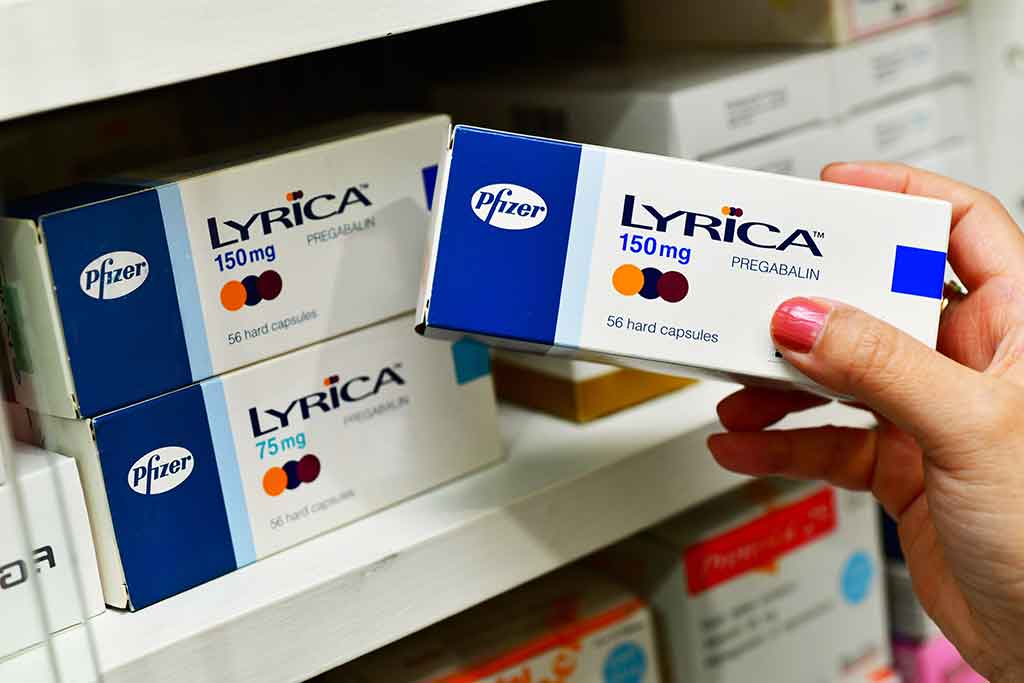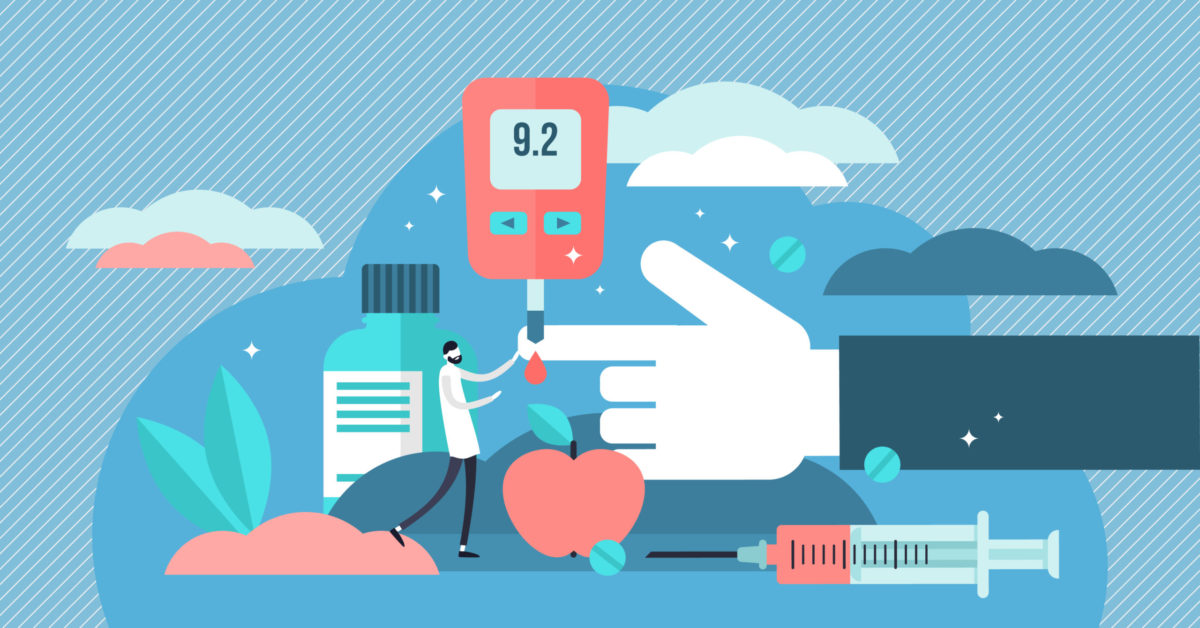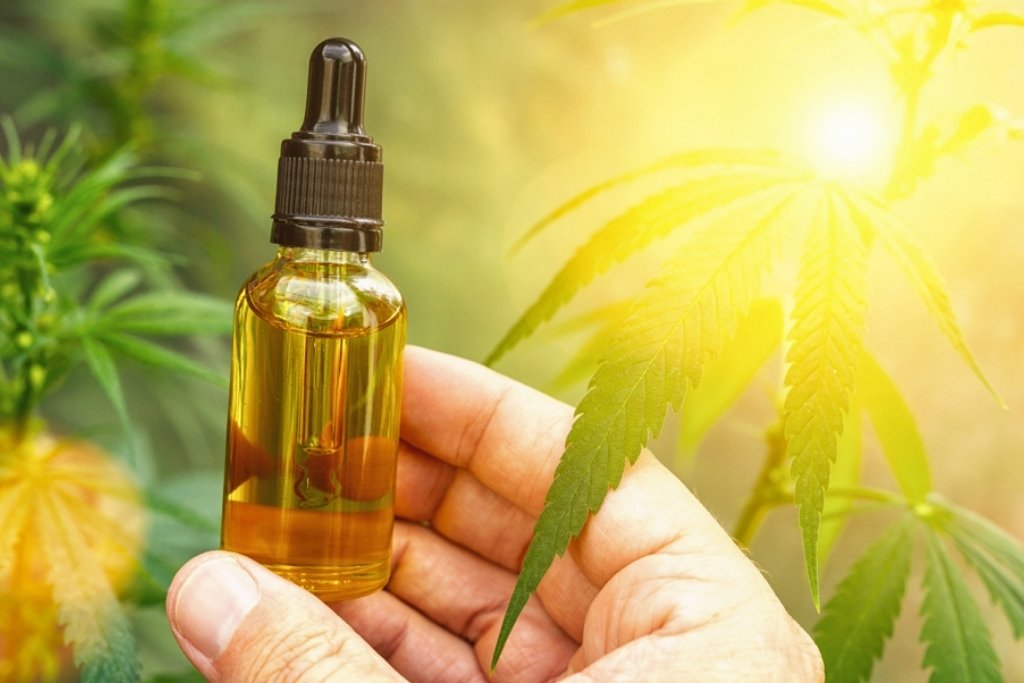The FDA has begun to take a more active interest in investigating the potential for abuse and addiction as the prescription rates skyrocket for gabapentinoids like Neurontin and Gabapentin.
Back in the 1990s, the Food and Drug Administration (FDA) approved a brand new wonder drug — Gabapentin. It was the very first gabapentinoid, which is a class of drugs that interrupt the function of the nervous system in a certain way, and it was looked to as an exciting new anticonvulsant to treat epilepsy.
Over the years, it’s become heavily relied-upon not just for the treatment of the problems for which it was approved, but a host of other issues, as well. So-called off-label uses are relatively common in the medical industry, but Gabapentin quickly became a special case.
Thanks in large part to the onset of the opioid crisis, prescription rates for gabapentinoids shot up dramatically. So much so, in fact, that the FDA is now actively investigating the addiction and abuse risks posed by these powerful drugs.
FDA Expresses Growing Concern at Potential for Gabapentinoid Abuse & Addiction
As recently as last year, the FDA has begun to actively look into gabapentinoids, and whether or not they’re posing a serious risk for abuse and misuse as a result of their steeply-rising prescription rates. Research suggests that reclassification as a controlled substance is warranted.
In February of 2018, Scott Gottlieb, MD — the commissioner of the Food and Drug Administration — stated that the FDA was taking a relatively keen interest in gabapentinoids, especially considering the way in which their usage rate has continued to skyrocket.
Gabapentinoid Risk of Overdose
Of particular interest is the fact that gabapentinoids are often combined with other pharmaceuticals and narcotics to enhance the effects of the “primary” drug. Gabapentinoids can act as what’s known as a potentiator (booster) for opioids and other substances…but the results can sometimes be life-threatening.
Overdose of gabapentinoids is most likely to occur when mixing the drug with others, especially opioids or alcohol. When combined with opioids, the biggest threat is lack of oxygen to the brain.
Gabapentinoids slow down the central nervous system, which slows breathing and can even stop breathing altogether. If the brain isn’t getting enough oxygen, cognitive impairment, permanent brain damage, or worse can occur.
Common Signs of Gabapentin Overdose:
- Dizziness
- Rapid heartbeat
- High or low blood pressure
- Slowed breathing
- Diarrhea
- Double vision
- Tremors
- Slurred speech
- Loss of body movement control
Gabapentinoid Risk of Addiction
Researchers are unclear as to how gabapentinoids actually work to mitigate pain, but they believe that they do not involve the receptors targeted by commonly addictive drugs. Therefore, currently, it is not considered an addictive substance and not on the list of controlled substances in the United States.
However, it does act similarly to addictive drugs in the way it causes withdrawal symptoms and psychotic effects. They also tend to be misused when attempting to reduce withdrawal symptoms from other substances, like opioid painkillers or alcohol.
While not classified as addictive, gabapentinoids can create an addictive dependency.
Common Side Effects of Gabapentinoids
Gabapentinoids come with a host of common side effects that add to the frustration over the health condition for which they were prescribed. While these side effects may occur and have some overlap with symptoms of overuse, they are not necessarily a sign of abuse or addiction and can be the result even when taken alone and in normal dosages.
- Depression or anxiety
- Dizziness
- Sleepiness
- Memory loss
- Lack of concentration
- Difficulty speaking
- Eye tremors
- Viral infections
- Fever
- Jerky movements
- Double vision
- Weight Gain
- Muscle pain or soreness
Bottom Line
Pain treatments for nerve damage are scarce. For some, gapadentinoids offer a welcome and much needed break from pain. For others, they offer a high to take the edge off. And for yet others, they provide nothing of any significance at all.
Making a decision about the use of these drugs is ultimately up to you. They provide no therapeutic benefit directly to your nerves.
In fact, dependence on prescriptions to manage symptoms can allow nerves to further deteriorate if continued pursuit of a resolution takes a back seat.
In other words, they are not a cure. If you are taking a gabapentinoid but have no relief, consider gradually weaning off.
Notice, “gradual.” After long term consumption, sudden discontinued use can cause serious withdrawal symptoms. And if you are experiencing severe depression or suicidal thoughts, talk to your doctor immediately, especially before making any medication changes.
The use of prescriptions are not alone a solution to nerve damage. Rather, they should be cautiously used as a temporary pain management tool while also concentrating on determining the underlying causes of nerve damage, dampening chronic inflammation, and building a healthy nervous system.
Gabapentin Joins the Opioid Crisis

Gabapentin and similar gabapentinoids, like Lyrica, have now come to play a crucial part in…
Are Nerve Damaging Toxins Hiding in Your Home?

Billowing smokestacks. Car exhaust and sewage spills. These are typically the types of things that…
Prescription Drugs That May Cause Diabetes by Altering Blood Sugar

Given that diabetes is the leading cause of peripheral nerve damage, it’s smart to do…
Is Undetected Kidney Disease Causing You Uremic Neuropathy?

A shocking 30 million people in the United States are dealing with kidney disease, and…
4 Clean CBD Brands You Can Trust

CBD has grown in popularity over recent years, especially for anxiety, pain, and sleep disorders.…
Best Value Red Light Therapy Panel Goes to Mito

As the popularity of red light therapy has grown quickly over the past few years,…











